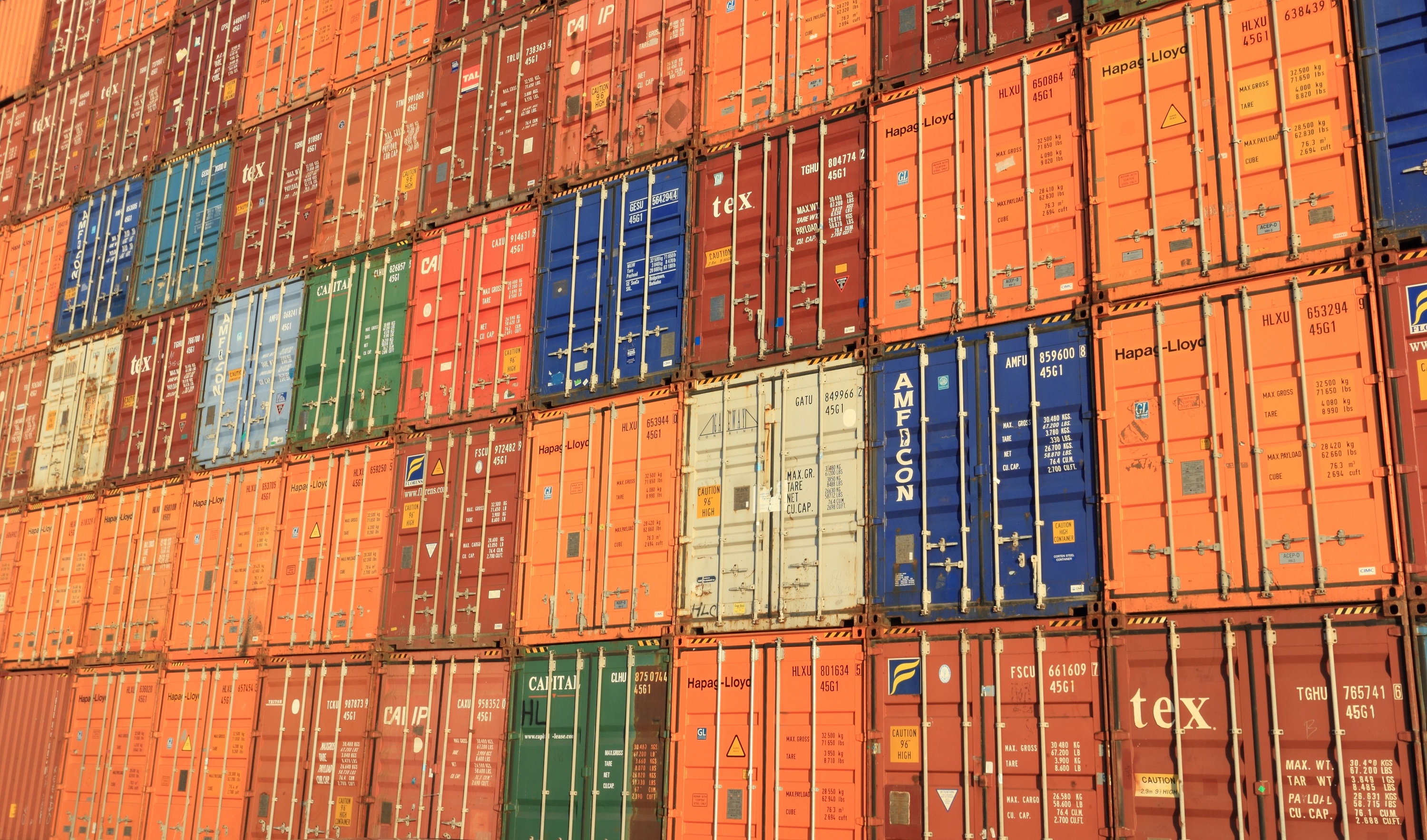Detailed Cargo Description Requirements for ACI eManifest
The Transporter Cargo and Control Programs Unit (TCCPU) of the Canada Border Services Agency (CBSA) announced in a Commercial Client Bulletin to remind the industry on the detailed cargo description requirement for commercial shipments on ACI eManifest.
Under the CBSA’s Advanced Commercial Information (ACI) and eManifest programs, carriers and freight forwarders are required to provide electronic cargo and conveyance data to the CBSA before the goods arrive at the Canadian border.
Shippers are encouraged to assist carriers and freight forwarders to meet this requirement by providing detailed commodity description on commercial invoices on shipments and parcels being shipped to Canada.
Shippers must provide the following customs commercial information:
- Shipper name and address
- Delivery name and address (if different from the Consignee)
- Consignee name and address
- Gross weight of shipment
- Cargo description, packaging type and quantity
- Customs Self-Assessment (CSA) information (if applicable to the cargo)
What are Detailed Commodity Descriptions
A detailed cargo or commodity description is a description of an item that is concise and clear. It should be in plain, easy-to-understand language while also detailed enough to help the CBSA to ascertain the characteristics, shape and size of the product.
Information considered not relevant to the cargo description such as type of packaging, quantity, carrier disclaimers should not be included in the cargo description.
If the product is used, the word ‘used’ should be indicated in the front of the description, otherwise the product is assumed to be new.
Consolidated Shipments
For consolidated shipments, where house bills and/or a Supplementary Cargo Report typically follows, the descriptions below are accepted on a consolidated cargo document:
- Freight of All Kinds (FAK)
- Shipper load and count (SLC)
- Consolidated
- General merchandise
- And other similarly vague descriptions
The electronic house bill or supplementary document that follows should contain a detailed description.
Acceptable and Unacceptable Cargo Descriptions
Below are examples of not acceptable and acceptable cargo descriptions
|
Not Acceptable
|
Acceptable
|
|
Animals
|
Horse
Poultry
Bovine
|
|
Apparel/Clothing/Garments
Wearing Apparel
Ladies' Apparel
Men's Apparel
|
Shoes, Footwear
Women's Dresses
Men's Shirts
Boy's Jackets
|
|
Caps
|
Baseball Caps
Blasting Caps
Bottle Caps
Hub Caps
|
|
Auto Parts
|
Air Filters
Automobile Brakes
Automotive Windshield
|
|
Appliances
|
Refrigerator
Stove
Microwave Oven
Coffee Machines
|
|
"Brand" or "Trade Mark" names by themselves
i.e., "Bubbles Brand"
|
"Bubbles Brand" Laundry Detergent
Laundry Detergent
|
More examples of acceptable and not acceptable descriptions can be found on this page:
https://www.cbsa-asfc.gc.ca/prog/aci-manif-ipec/commod-fret-eng.html
ACI eManifest for Commercial Shipments

ACI eManifest is a program for shipments entering, pass through and leaving Canada. The eManifest is the electronic version of a paper manifest, showing details such as cargo, conveyance (truck, trailer, container, vessel, aircraft), crew and passengers. The ACI eManifest initiative helps the CBSA identify threats to security, safety and health before the shipment arrives in Canada.
Carriers and freight forwarders can easily meet regulatory requirements with the help of a service provider like Global eTrade Services (GeTS). GeTS is a CBSA-approved provider of advanced, industry-leading technologies that simplify customs compliance processes. GeTS also has 24/7 customer support that provides access to expert assistance wherever you are.
Learn more about ACI eManifest detailed cargo description requirements for commercial shipments. Visit our ACI eManifest page or contact us today!
Related Pages
Canada eHBL AMPS Zero-Rated Penalties to End on July 5
Getting Ready for eManifest House Bills (eHBL)
CBSA Commercial Transportation Agenda
CBSA Announces Changes to ACI eHBL Post-Arrival Amendments
ACI eManifest e-HBL
eManifest Canada: 10 Helpful Points in Choosing the Right ACE ACI Provider for your Business
ACI e-HBL Portal
The ACI eManifest Portal and your ACE ACI Services Provider
ACI Highway Canada eManifest FAQ
Simplifying the Filing Process with eManifest EDI Integration
CBSA eManifest Processing
Canada eManifest: Highway Shipments Made Easy
Mandatory Electronic Notification of Cargo Arrival FAQ with CrimsonLogic
ACI for Freight Forwarders (eHBL)
ACI eManifest Phase III: Canada eManifest House Bill Data & Supplementary Cargo Reports
ACI housebill eManifest: Bill of Lading for Freight Forwarders
Canada ACI eManifest Highway
ACI eManifest Air
Canada ACI Marine
eHBL

